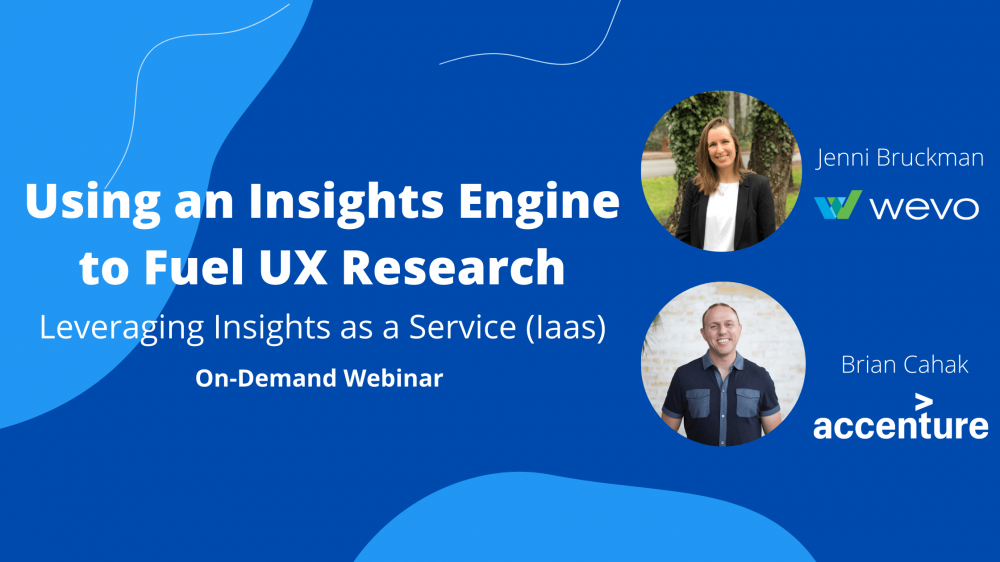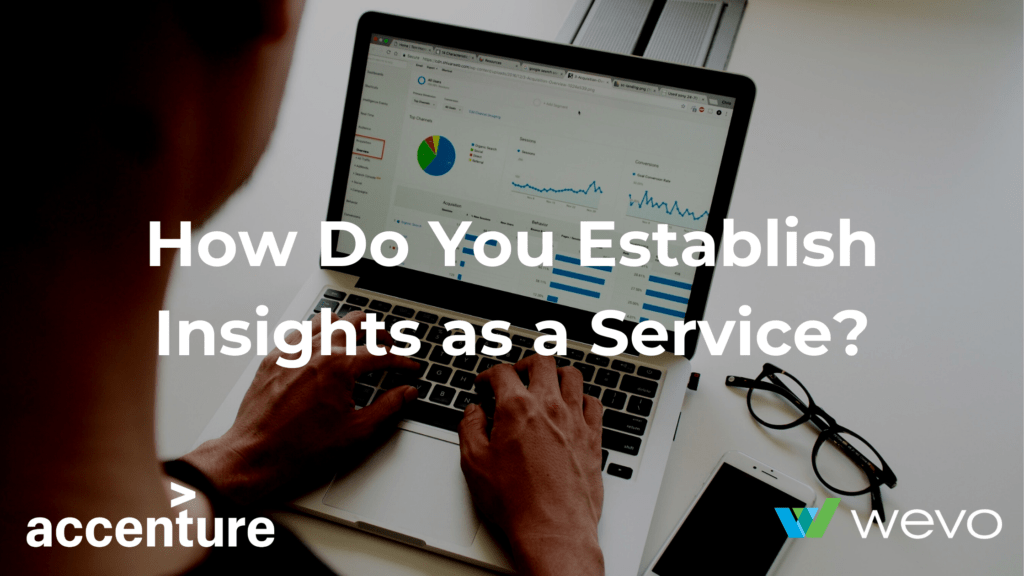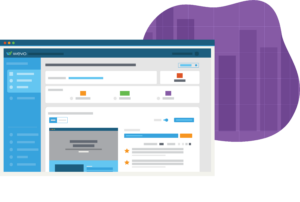Contents
- 1 Why are insights a key driver of the success of a brand or organization?
- 2 What is important to consider for tech-enablement for Insights?
- 3 What are the primary skill sets and roles that organizations need to become insight-led?
- 4 What are some industry-leading examples of insight-led organizations?
- 5 Why do you think it’s important to view Insights as a Service?
- 6 How can organizations ramp up to being insight-led?
Why are insights a key driver of the success of a brand or organization?
Insights are about taking what you observe and adding what you know to pull together a cohesive net new thought. Those insights get grouped together thematically and those themes lead to strategies and solutions that drive your business forward. If you don’t start with insights and go straight to solutioning, you will fail. You have to take a look at your personal landscape in order to assess what areas need improvement and TLC or what can be scrapped altogether in service of your ultimate goals.
“We’re here to help solve client and customer problems that unlock value and create great experiences. We can’t do that without insights and data. For me, our best experiments come from the intersection of a quantitative signal of friction and a qualitative insight that helps us understand the root cause of the friction and informs how we solve it.” – Gillian Salerno-Rebic, Accenture
What is important to consider for tech-enablement for Insights?
Gillian explains there’s understanding how something would fit into the current stack – and if you are creating redundancies. But she suggests starting off by laying out your process, thinking through the goals you are trying to achieve and the problems standing in the way, then identify the technology you will need to solve for those gaps.
Wherever you are in your journey, along with your customers — there are so many platforms available to companies today that it can feel overwhelming to build out your toolkit. Gillian tries to pair at least two methods together to round out her UX Research approach. She primarily uses UserTesting and WEVO to conduct research and then will also facilitate her own design thinking workshops. UserTesting allows her to go in depth with interviews, and WEVO helps her validate and quantify her qualitative hunches.
“I find a great researcher becomes an outstanding researcher when you enable them with smart platforms and diversified tools. If you’re just starting in your insights journey, it’s great to cast a wide net and look at your end to end customer experience (and even sometimes your employee experience) holistically. Find those moments of friction, assess how critical they are to improving the overall experience, and then chip away at them one-by-one.” – Gillian Salerno-Rebic, Accenture
What are the primary skill sets and roles that organizations need to become insight-led?
In order for organizations to become insight-led, it’s more than just having the right skills. It needs to be part of the culture. More specifically, you need someone who is able to take the business goals and work with the broader team to create a strategy. You need the researchers and data analysts who are able to identify areas of opportunity, help prioritize efforts, and create the insights that will drive the strategy. You need technologists who are able to help you act on your insights. And, you need project managers to help define and improve your processes for being insight-led.
“I’ll always plug an empathy-first approach, as well as confronting the bias of customers and what you think they want and need. More often than not, let’s say 99% of the time, user research will uncover something you didn’t know before about your business, or it will tie together disparate parts that felt unrelated until the synthesis of a series of studies happens.” – Gillian Salerno-Rebic, Accenture
Gillian says, curiosity will get you a long way when reviewing an experience from a customer lens when you lead with a series of “I wonder why they did that” statements. Sometimes the answer is as simple as, “We don’t know; that’s just the way it’s always been,” which is a prime starting point for research. Also prime for research is, “that’s what our customers said they wanted, but it didn’t change anything.”
What are some industry-leading examples of insight-led organizations?
Shout-out to Kroger who has had their consumer insights business for years. This group is constantly monitoring and studying customer trends to create better experiences for their customers. From relevant coupons and communications to piloting smart stores with smart shelving, that innovation has led to digital tags showing prices, promotions, and nutritional information. If you can combine the mobile customer app with smart shelves, it opens up a world of opportunity.
“Most know Apple, Airbnb, and Nike are shining examples of what happens when innovation gets done right, but some less obvious companies might be FritoLay/Pepsi and Microsoft. They really put themselves through the ringer constantly testing and improving systems, software, and processes.” – Gillian Salerno-Rebic, Accenture
Why do you think it’s important to view Insights as a Service?
Insights rarely, if ever, just pop into existence. Proper attention and focus around the benefits of using insight-led services allows for the opportunity to formalize the process, tools, techniques, humans – all the things you need to drive your marketing and business.
“When I think of insights, I think of humans. I think of human behavior, mindsets, and values. Those are constantly shifting and changing in a process that never really ends so it’s in constant need of service. You wouldn’t just buy a car and not take it in for an oil change or maintenance. That’s why I think insights as a service are a valuable tool to maintain your longevity as a company.” –Gillian Salerno-Rebic, Accenture
How can organizations ramp up to being insight-led?
Gillian points out it has to be about organizational change. An amazing team gets you so far, but if decisions are not being made based on data and insights, you may not keep that solid team for long. Politics, ego, and opinion from critical decisions and groups within an organization all need to be aligned to goals and operate on the same team to achieve those goals.
“Organizations reward what they value. When they highlight and reward this type of work, especially as organizations ramp-up, it helps with adoption. When you’re examining an employee culture, chances are if you make your employees’ lives better, your customer experience will skyrocket.”
Want more on the topic of insights as a service?

Jenni Bruckman, VP of Customer Success & Strategic Alliances at WEVO, and Brian Cahak, Managing Director of Digital Growth and Marketing Operations at Accenture Interactive, discuss why insights are a key driver of success and how brands and organizations can leverage insights as a service. Access the on-demand webinar and slides now.
Want to hear why Gillian loves WEVO? Check out her recent thoughts on the full YouTube video.



